Imagine waking up one morning to find that every single human has vanished from Earth. No bodies, no trace, just empty cities humming with abandoned machinery and seven billion people simply gone. The silence would be deafening, but it wouldn’t last long. Within hours, the planet would begin its remarkable journey back to a world without us.
This isn’t science fiction – it’s a fascinating thought experiment that reveals just how dramatically we’ve altered our planet and how resilient nature truly is. From the moment we disappear, Earth would embark on an incredible transformation that would unfold over days, years, centuries, and millennia.
The First 24 Hours: When the Lights Go Out
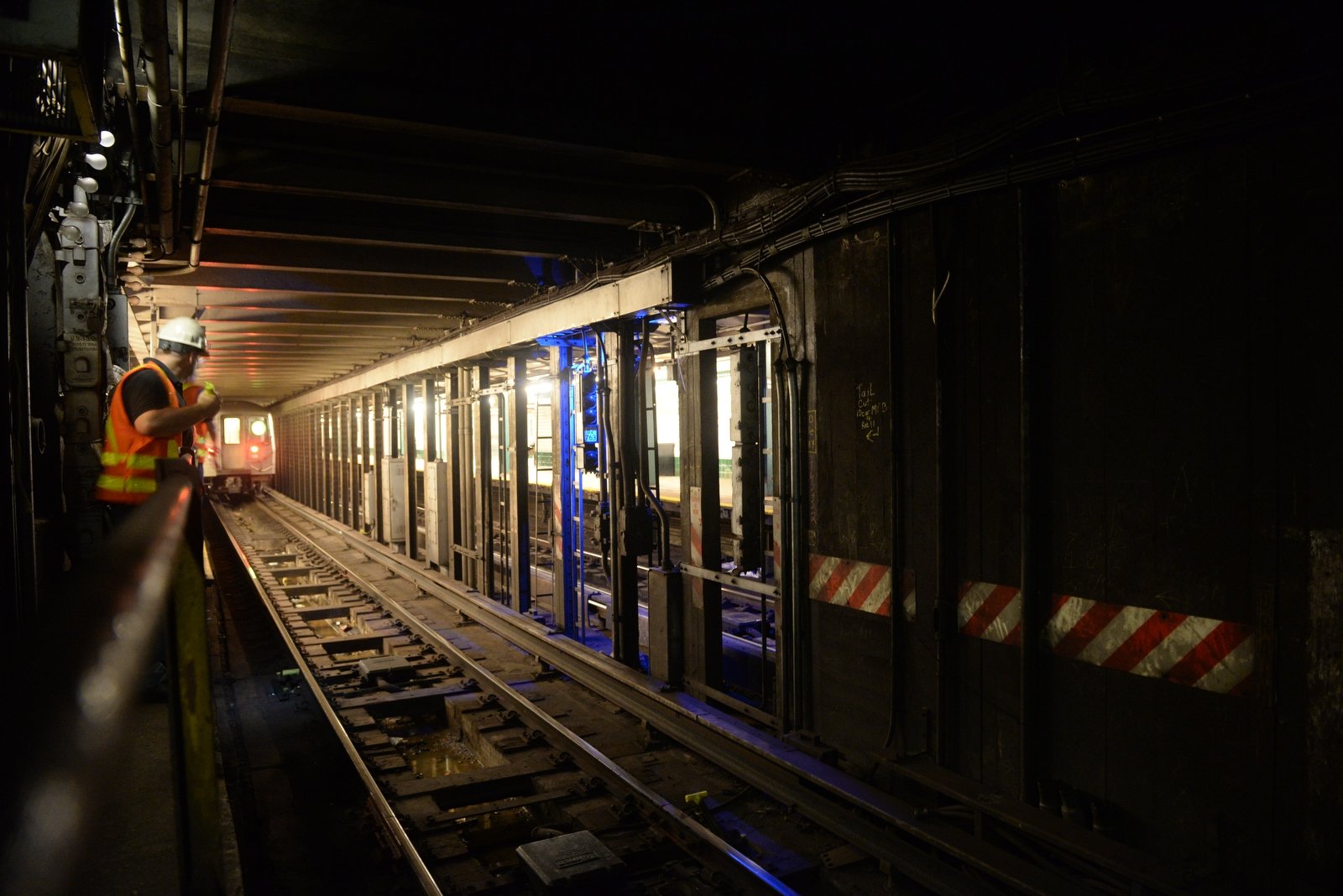
The most immediate change would be the gradual shutdown of electrical grids worldwide. Most power plants require constant human monitoring and fuel input to keep running. Nuclear plants would automatically shut down within hours as safety systems kick in, while coal and gas plants would simply run out of fuel.
Within the first day, major cities would begin plunging into darkness as backup generators fail. The few renewable energy sources might continue operating for a while longer, but without maintenance, even these would eventually stop. The electromagnetic signature of human civilization would start fading from space.
Meanwhile, millions of pets and domesticated animals would face their first challenge: finding food and water. Dogs might have a slight advantage due to their pack instincts, while cats, being more independent, might adapt more quickly to fending for themselves.
The Great Flood: Infrastructure Under Siege

Without human intervention, water systems would quickly become chaotic. Pumping stations would fail, causing massive flooding in low-lying areas that rely on artificial drainage. Cities like New Orleans and Amsterdam would be underwater within days, as the pumps that keep them dry would stop working.
Subway systems in major cities would flood completely. The New York subway, for instance, requires constant pumping to remove the 13 million gallons of water that seep in daily. London’s Underground would face a similar fate, creating underground rivers where commuters once traveled.
Ironically, areas that we’ve artificially dried would become wetlands again. The Florida Everglades would expand dramatically, reclaiming territory that took decades of human engineering to control.
Nature’s Jailbreak: Animals Reclaim Their Territory

Zoo animals would face a mixed fate in this new world. Some, like large cats and bears, might break free from their enclosures as electrical fencing fails and automatic feeding systems shut down. Others, particularly those dependent on specific diets or climates, might not survive long without human care.
Farm animals would experience a population explosion followed by a dramatic crash. Billions of chickens, pigs, and cattle would either die from starvation or become prey for wild predators. However, some hardy breeds might survive and establish feral populations, particularly pigs, which are remarkably adaptable.
Wild animals would quickly sense the absence of human activity. Deer would venture into abandoned suburbs, while coyotes and wolves would expand their territories into formerly human-dominated areas. The boundary between “wild” and “civilized” would blur within months.
The Concrete Jungle Crumbles
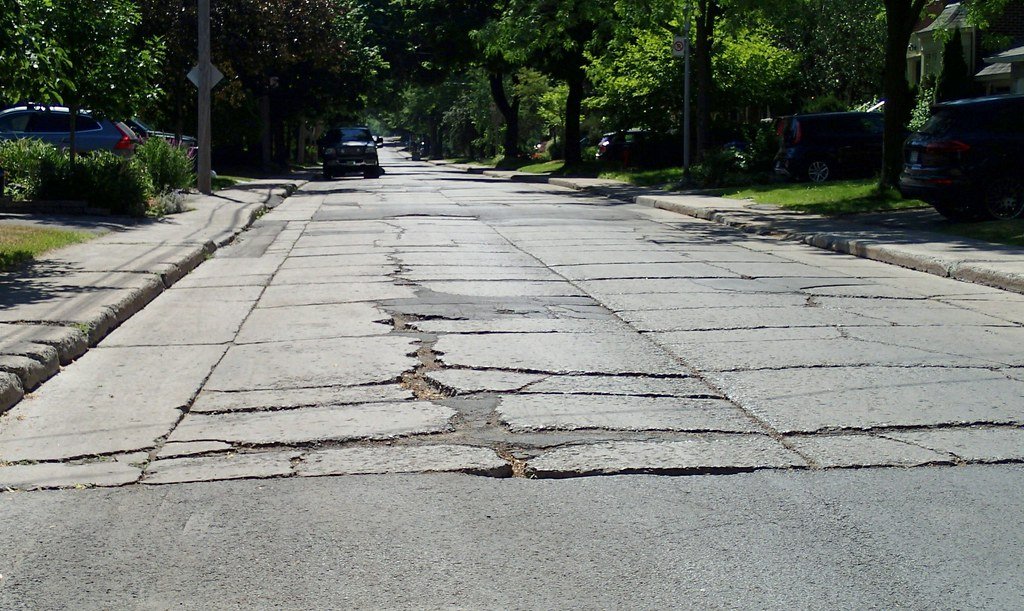
Without maintenance, our concrete infrastructure would begin its slow but inevitable decay. Freeze-thaw cycles would create cracks that allow water to penetrate, leading to rapid deterioration. Roads would develop potholes that would grow larger with each passing season.
Bridges would be among the first major structures to fail. The steel reinforcement in concrete would rust and expand, causing the concrete to crack and spall. Within 50 years, many bridges would become unsafe, and within 100 years, most would collapse entirely.
Buildings would follow a similar pattern, though the timeline would vary greatly depending on their construction and climate. Glass skyscrapers might lose their windows within decades, while well-built stone structures could last centuries or even millennia.
When Steel Meets Oxygen: The Great Rusting
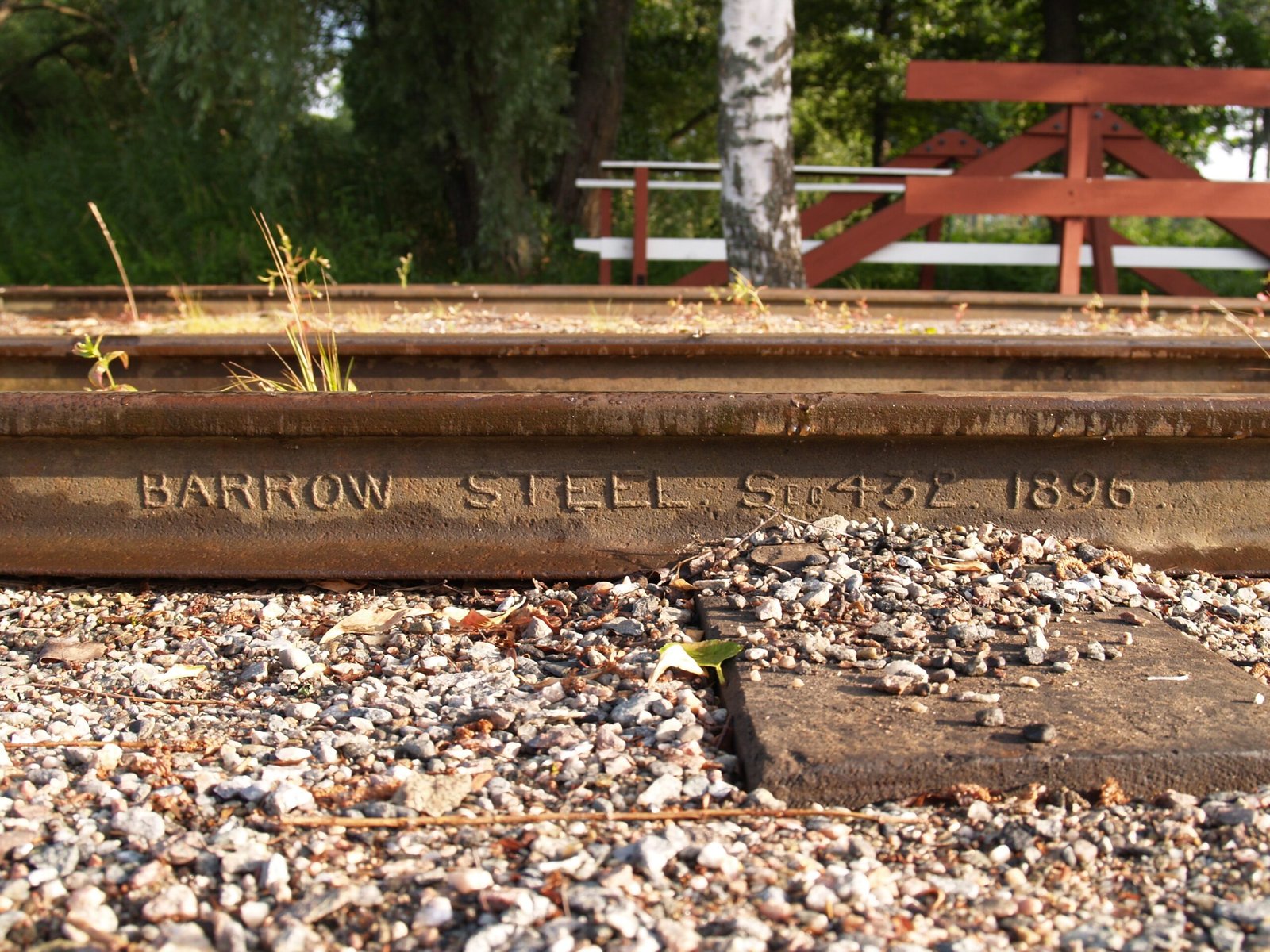
The metal infrastructure of human civilization would begin its battle against oxidation immediately. Cars left on streets would start rusting within months, their paint offering only temporary protection. In humid climates, this process would accelerate dramatically.
Steel bridges and buildings would face a similar fate. The Statue of Liberty’s copper skin would continue its natural patina process, but the steel framework beneath would gradually weaken. Within 200 years, many steel structures would be so weakened by rust that they would collapse under their own weight.
Interestingly, some metals would fare better than others. Aluminum structures would resist corrosion much longer, while bronze and brass monuments might survive for thousands of years, serving as mysterious artifacts for any future intelligent beings.
The Green Revolution: Plants Take Over

Perhaps the most dramatic change would be the speed at which vegetation reclaims human spaces. Within just a few years, grass and weeds would push through cracks in sidewalks and roads. Ivy and other climbing plants would begin scaling buildings, while tree seedlings would take root in gutters and roof gardens.
Cities in tropical climates would see the fastest transformation. Vines could engulf entire buildings within a decade, while tree roots would undermine foundations and split concrete. The ancient temples of Angkor Wat show us exactly how this process unfolds – nature always finds a way.
Temperate cities would change more slowly but just as dramatically. Central Park in New York would expand beyond its borders as trees spread into surrounding areas. Within 50 years, much of Manhattan could resemble a forest with concrete ruins scattered throughout.
The Plastic Paradox: Our Longest-Lasting Legacy

While most of our infrastructure would crumble, our plastic waste would persist for hundreds of thousands of years. Plastic bottles, bags, and containers would become the most enduring artifacts of human civilization. They would break down into smaller pieces but never truly disappear.
Microplastics would continue circulating through ecosystems, affecting marine life for millennia. However, some organisms might evolve to break down these materials more efficiently. Scientists have already discovered bacteria that can digest certain types of plastic, and evolution might accelerate this process.
The Great Pacific Garbage Patch would remain as a floating monument to human consumption. Ocean currents would continue concentrating plastic debris, creating artificial islands that could persist for geological time scales.
Nuclear Shadows: The Atomic Challenge

Nuclear power plants would present one of the most serious challenges in a post-human world. While modern plants have safety systems that would shut them down automatically, they would still require active cooling for years to prevent meltdowns. Without human intervention, many would eventually fail.
The consequences would be severe but localized. Areas around failed nuclear plants would become exclusion zones, similar to Chernobyl today. Paradoxically, these areas might become wildlife havens, as animals often thrive in human-free zones despite radiation exposure.
Nuclear waste storage sites would also pose long-term challenges. These facilities are designed to contain radioactive materials for thousands of years, but without human monitoring and maintenance, some might eventually fail, contaminating local environments.
Climate After Humans: The Great Cooling

The absence of human carbon emissions would begin affecting global climate within decades. Atmospheric CO2 levels would start declining as plants and oceans absorbed excess carbon dioxide. However, the process would be gradual – it would take centuries for levels to return to pre-industrial concentrations.
The urban heat island effect would disappear as cities cooled without human activity and heat-generating infrastructure. This would create new local climate patterns and allow different plant communities to establish themselves in former urban areas.
Ironically, some human-caused climate effects might initially worsen before improving. The reduction in air pollution could reduce global dimming, potentially accelerating warming in the short term before natural processes take over.
The Ocean’s Recovery: Marine Life Rebounds

Without commercial fishing, marine ecosystems would experience a remarkable recovery. Fish populations would explode within decades, and marine food webs would rebalance. Overfished species like bluefin tuna would have a chance to recover from the brink of extinction.
Coral reefs, no longer threatened by pollution and boat traffic, would begin healing. However, they would still face challenges from ocean acidification and warming temperatures caused by past human activities. Some reefs might recover completely, while others might evolve new forms adapted to changed conditions.
Marine mammals would reclaim coastal areas. Whales would no longer face ship strikes or noise pollution, allowing their populations to recover. Beaches would become nurseries for seals and sea turtles without human interference.
The Great Silence: Sound Pollution Ends

The sudden absence of human noise would create a world of unprecedented quiet. The constant hum of traffic, aircraft, and machinery would vanish, allowing natural soundscapes to return. Birds would no longer need to compete with urban noise, and their songs would become more varied and complex.
Marine animals would benefit enormously from the end of ship noise. Whales and dolphins use sound for navigation and communication, and the sudden quiet would allow them to hear each other across vast distances again. Migration patterns disrupted by noise pollution would likely return to normal.
The absence of light pollution would also transform the night sky. Without artificial illumination, the Milky Way would become visible again from locations where it hasn’t been seen for decades. Nocturnal animals would resume natural behaviors that have been disrupted by constant artificial light.
Evolution in Fast Forward: New Species Emerge

The dramatic environmental changes would accelerate evolutionary processes. Animals living in human-modified environments would face new selection pressures. Urban-adapted species like pigeons and rats might develop new survival strategies or see their populations crash.
Domestic animals would either die out or rapidly evolve into new wild forms. Dogs might hybridize with wolves and coyotes, creating new canine species. Cats might develop new hunting strategies and social structures. Farm animals that survived would face intense natural selection.
Plant species would also undergo rapid evolution. Crops without human cultivation would either die out or revert to wild forms. Some might hybridize with wild relatives, creating new plant species. The process would be particularly dramatic in areas with extensive agriculture.
The Fossil Record: What We Leave Behind

Millions of years in the future, geologists would find a distinct layer in rock formations marking the human era. This layer would contain unusual concentrations of concrete, plastic, and metal – materials that don’t occur naturally in such quantities.
Our cities would leave distinctive geological signatures. The deep foundations of skyscrapers would create unusual rock formations. Landfills would appear as strange concentrations of artificial materials. Even our roads would leave traces as unusually straight mineral deposits.
Some human artifacts would become genuine fossils. Plastic items buried in the right conditions might be preserved for millions of years. Future paleontologists might puzzle over these mysterious objects, wondering about the civilization that created them.
The Satellite Graveyard: Space Debris Continues

In Earth’s orbit, thousands of satellites would continue circling the planet long after humans disappeared. Without maintenance, most would eventually fall back to Earth, creating spectacular meteor showers. However, some in higher orbits might persist for millions of years.
These satellites would become time capsules of human civilization. Any future intelligence capable of reaching space might discover these artifacts and learn about our technology and culture. The Voyager probes, now in interstellar space, would carry human messages across the galaxy for billions of years.
The International Space Station would eventually deorbit and burn up in Earth’s atmosphere, creating a brief but brilliant light show. However, some space debris in stable orbits would remain as permanent monuments to human space exploration.
Island Worlds: Isolated Ecosystems Transform

Islands would experience unique transformations without human presence. Many islands that humans have dramatically altered would begin returning to their original states. Invasive species introduced by humans would either die out or establish new ecological equilibriums with native species.
The Galápagos Islands would see dramatic changes as introduced species like goats and rats either disappear or evolve new relationships with native wildlife. The absence of tourism would allow wildlife to resume natural behaviors without human interference.
Some islands might become natural laboratories for evolution. The isolation combined with the sudden absence of human influence would create unique conditions for speciation. New species might evolve rapidly to fill ecological niches left vacant by human activity.
The Phoenix Cities: What Rises from Ruins
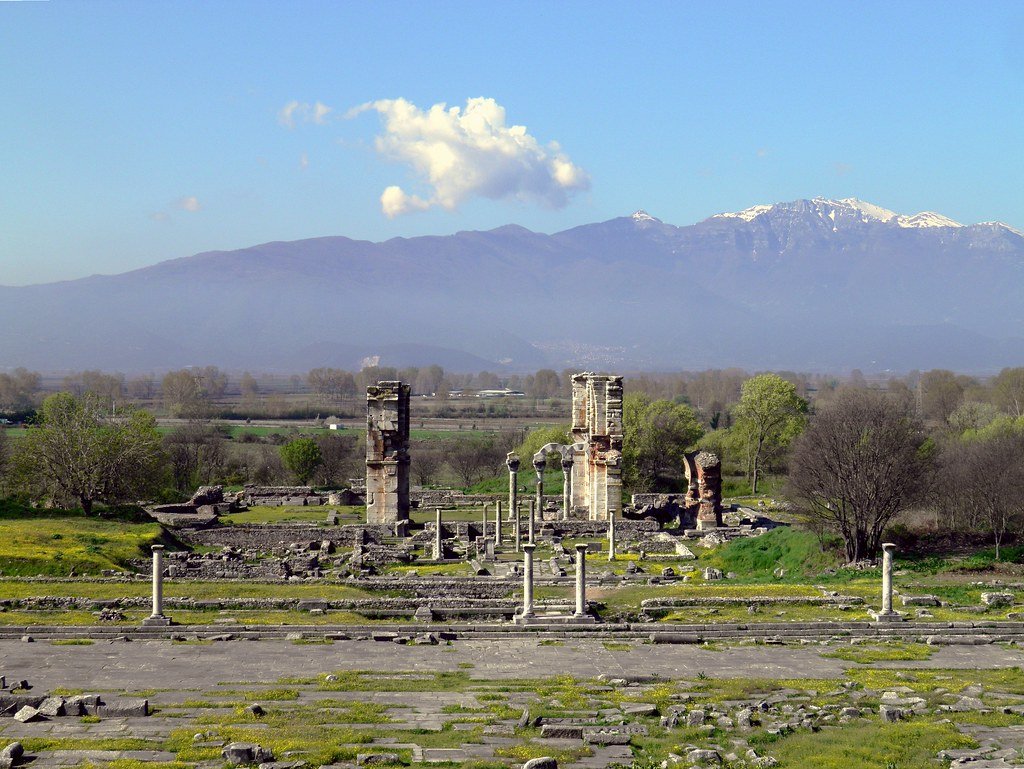
Different cities would face vastly different fates based on their climate and construction. Desert cities like Phoenix and Las Vegas would become uninhabitable quickly without air conditioning and water pumping. The desert would reclaim these areas within decades.
Coastal cities would face flooding and storm surge without seawalls and pumping systems. Venice would finally succumb to the sea, while Miami would become a coral reef. However, some elevated areas might remain as islands in newly formed wetlands.
Cities in temperate climates would transform into forests. Seattle’s evergreen trees would eventually reclaim the entire metropolitan area. London would become a vast woodland dotted with mysterious stone and brick ruins, resembling ancient Celtic settlements.
The New Ecosystem: Life Finds Its Balance

After centuries of dramatic change, new ecological equilibriums would emerge. Predator-prey relationships would stabilize at new levels. Herbivore populations would be controlled by reestablished carnivore populations rather than human hunting.
Migration patterns would return to ancient routes no longer blocked by cities and highways. The great migrations of Africa would extend into new territories, while North American wildlife would establish new corridors through former urban areas.
Forest ecosystems would mature and develop complex relationships. Old-growth characteristics would return to areas that have been logged for centuries. The Amazon rainforest would expand, while temperate forests would grow larger and more diverse than they have been in millennia.
The Memory of Humanity: Cultural Traces
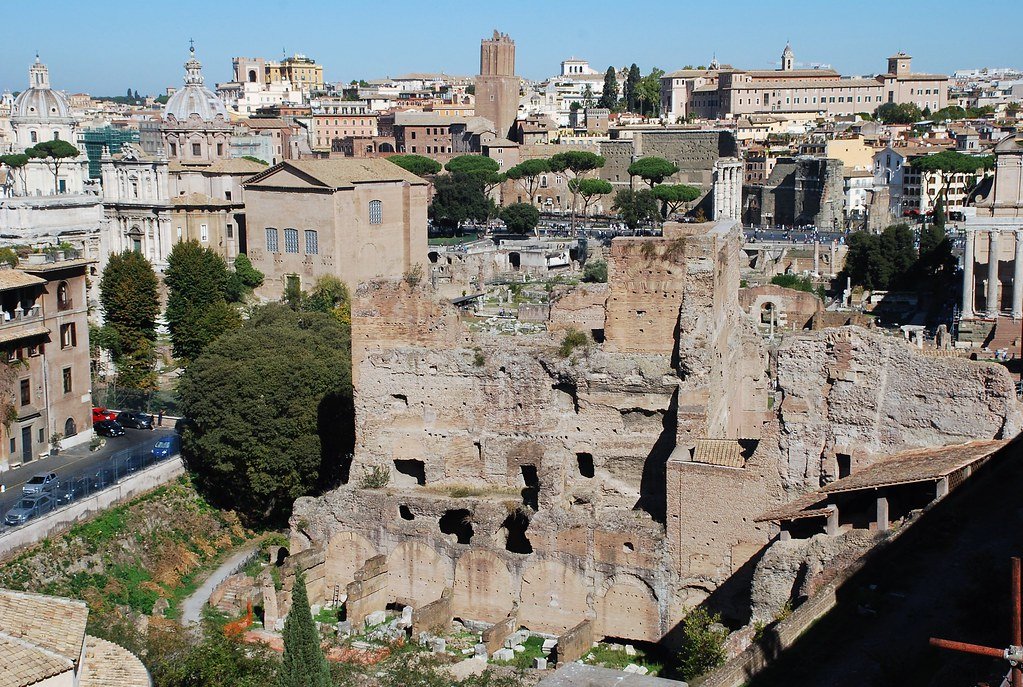
While our physical infrastructure would crumble, some cultural artifacts would persist for remarkable lengths of time. Stone carvings and sculptures would last thousands of years, creating mysteries for any future archaeologists. Mount Rushmore would erode but remain recognizable for millennia.
Books and paper records would decay within decades in most climates, but some might survive in dry conditions. Digital storage would fail much faster – most of our electronic records would be lost within years as storage devices failed and power systems shut down.
The most enduring human cultural legacy might be the changes we’ve made to the distribution of plants and animals. Many species now exist on continents where they would never have naturally occurred. These biological introductions would remain as permanent evidence of human global transport networks.
The transformation would be neither quick nor simple. For thousands of years, Earth would bear the scars and benefits of human presence. Some changes would heal rapidly, while others would persist for geological time scales. The planet would become wilder, quieter, and in many ways more diverse than it has been since before the dawn of agriculture.
This thought experiment reveals both our enormous impact on the planet and nature’s incredible resilience. It reminds us that we are temporary custodians of a world that existed long before us and would continue long after we’re gone. The question isn’t whether Earth would survive without us – it’s whether we can learn to live as part of its systems rather than in opposition to them.
What fascinates you more: how quickly nature would reclaim our cities, or how long our plastic legacy would persist?



